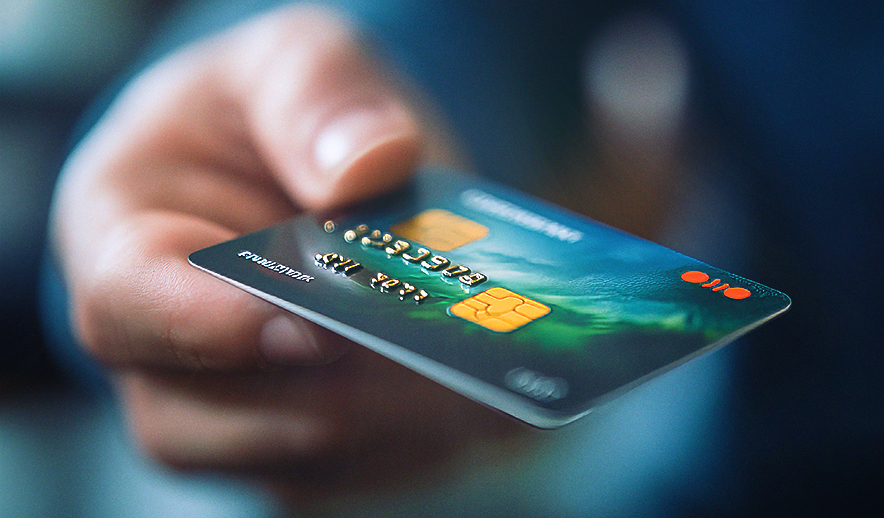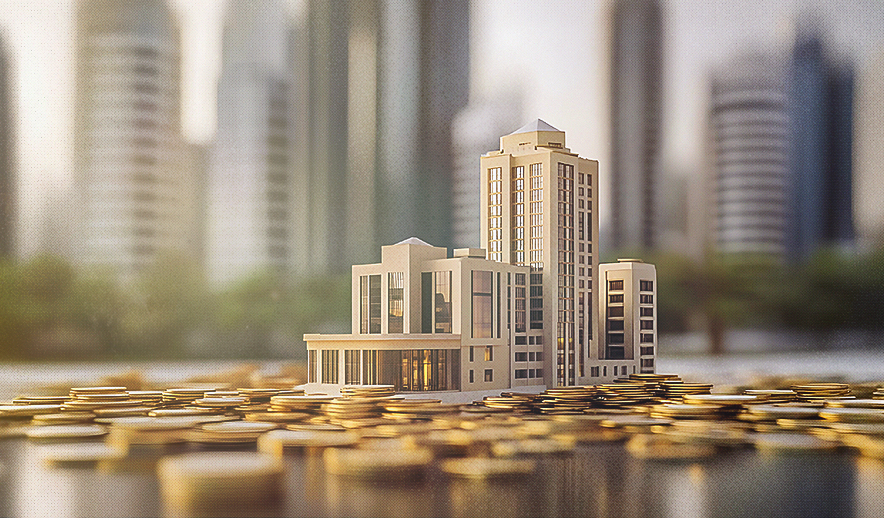The Dubai Shopping Festival (DSF) 2025 is a prime opportunity for shoppers to enjoy significant discounts, exclusive promotions, and various entertainment options. As consumers gear up for this event, it’s essential to strategize on how to maximize the benefits of credit card rewards. Several banks offer attractive credit card options that can enhance your shopping experience, but it’s important to take an unbiased approach to choose the best one for your needs. The Dubai Shopping Festival (DSF) 2025 will take place from December 13th, 2024, to January 19th, 2025.
1. Choosing the Right Credit Card
When it comes to maximizing rewards during DSF, selecting a credit card that aligns with your spending habits is crucial. Different cards offer varying benefits, so it’s essential to assess what you value most—whether it’s cashback, rewards points, or exclusive discounts.
Emirates NBD (ENBD) Go4it Card: This card is tailored for those who prioritize retail spending and often shop at DSF outlets. It offers competitive rewards on retail purchases and access to exclusive DSF promotions.
Citi Rewards Credit Card: Known for its flexibility, this card allows users to earn points on various purchases, which can be redeemed for shopping vouchers, travel, and more. It’s a versatile choice for those who want to maximize points during DSF.
HSBC Platinum Credit Card: HSBC’s card offers cashback on a wide range of categories, including shopping and dining, which are prominent during DSF. It’s a solid option for those who prefer direct savings.
FAB Cashback Credit Card: With its straightforward cashback structure, the FAB Cashback card is ideal for those who want to earn back a percentage of their spending, particularly on daily necessities like groceries and fuel.
2. Leverage Sign-Up Bonuses and Promotions
Applying for a new credit card before DSF can be beneficial if you’re looking to capitalize on sign-up bonuses. Banks often provide substantial rewards such as bonus points, cashback, or shopping vouchers as part of their introductory offers.
Additionally, keep an eye out for DSF-specific promotions. Banks often collaborate with DSF to offer cardholders exclusive deals, such as double rewards points or special discounts at participating retailers.
3. Plan Your Purchases Strategically
To get the most out of your credit card rewards during DSF, it’s important to plan your purchases strategically:
High-Rewards Categories: Focus on using your card in categories where it offers the highest rewards. For example, if your card provides extra points for dining or travel, prioritize those expenses during DSF.
Maximizing Cashback: If you’re using a cashback card like the FAB Cashback Credit Card, ensure you’re reaching the spending thresholds to maximize your cashback potential.
4. Consider Multiple Cards
If you have more than one credit card, consider using them strategically to maximize rewards across different categories. For instance, use the HSBC Platinum Credit Card for dining and shopping to earn cashback, and the Citi Rewards Credit Card for larger purchases where you can accumulate points.
5. Redeem Points and Cashback Wisely
Make the most of your accumulated points or cashback by redeeming them for shopping vouchers, discounts, or travel deals during DSF. Cards like the Citi Rewards Credit Card offer flexibility in redemption options, allowing you to choose what best suits your needs.
6. Use Interest-Free Installments
Many credit cards offer interest-free installment plans, which can be particularly useful during DSF for making larger purchases.
Conclusion
The Dubai Shopping Festival 2025 is an excellent opportunity to maximize credit card rewards, but it’s important to choose the right card based on your individual spending habits and preferences. Whether you prioritize cashback, points, or exclusive discounts, carefully planning your purchases and leveraging the features of your credit cards can significantly enhance your DSF experience. Keep in mind that the best credit card for you will depend on how you intend to shop during the festival, so take a moment to review your options and make an informed decision. Happy shopping!










